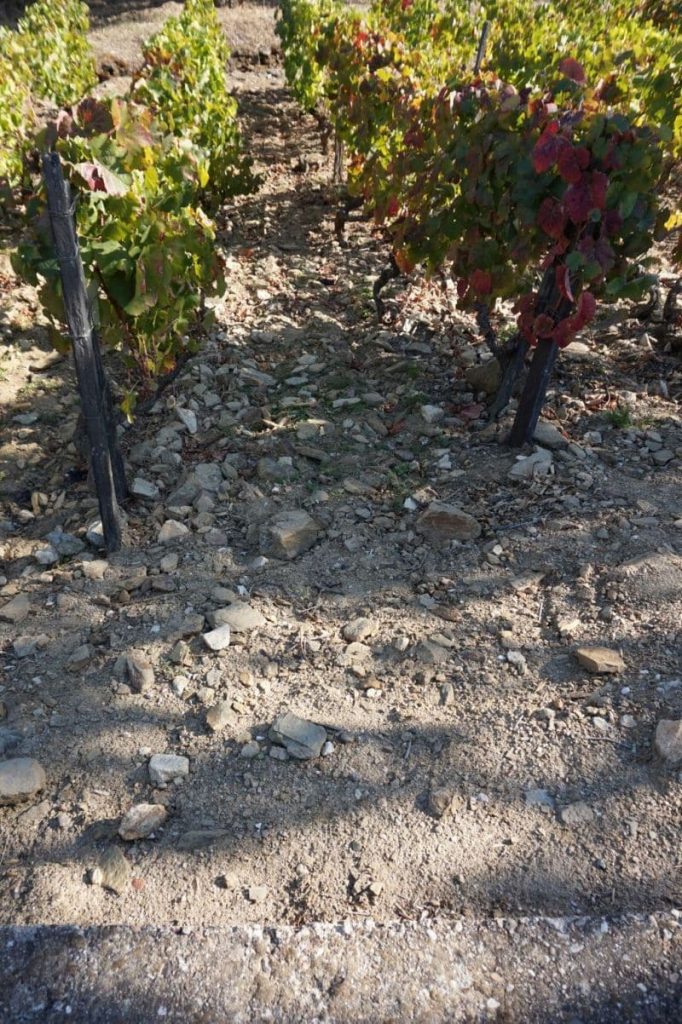Soil
The soils in which the vineyards grow are partly shale, then partly transformed rocks, mostly granite or alluvial soil. High-quality port wines come from localities rich in slate subsoil. This stony soil has its advantages.
On the one hand, the growing roots of the vine prevent erosion and at the same time it is a great heat reservoir, where it absorbs heat on hot summer days and transfers it to the plant on cold nights.

Climate in Douro Valley
Thanks to the Serra do Marão and Montemuro mountains, the vineyards on the slopes of the Douro Valley are protected from the western humid winds blowing from the Atlantic Ocean. This creates a unique climate with cold and rainy winters and hot, dry summers with temperatures of around 50 °C.
The advantage here is the old vineyards with a long root system, which allows the shrubs to draw moisture from great depths. Such vineyards can be found mainly on the southern or western slopes.
Precipitation in the wettest months (December and January) is calculated from 50 mm/m2 in the Upper Douro to about 205 mm/m2 in the Lower Corgo. The Upper Douro is also the driest area in summer with about 7 mm of rainfall per square meter.
